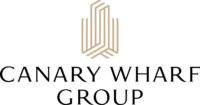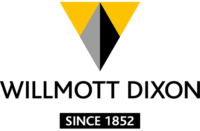Understanding and managing waste and resource efficiency in the built environment
Over 50 of our Partners and their suppliers collaborate through this group to share best practice and tips on all waste-related activities, discuss problem areas and take action to move towards a more resource efficient circular economy.
Find out moreThe current linear economy of ‘take – make – dispose’ – taking resources from the ground to make products which we use and then dispose of – is no longer acceptable.
We must instead move to a circular economy; reducing whole life carbon and based on the principles of designing out waste and pollution, keeping products and materials in use and regenerating our natural systems.
The School with its Partners and member companies has an extensive presence and reach. Together we can make a significant difference.
The School’s Waste and Resource Use Group is the forum to help enable this change; taking individual and collective action against waste and inefficiency, including initiatives to encourage supply chains and enable innovative School members to showcase what they can do to help.
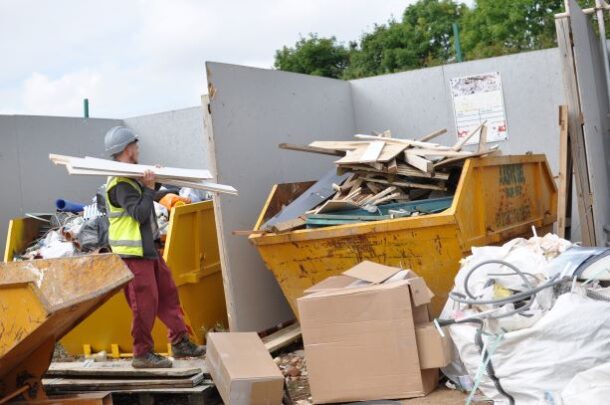
How will this be achieved?
The group is focusing its core efforts on three priority areas:
- Basic reporting and legislative requirements
- Circularity – developing practical replicable approaches
- Metrics and Data
The group includes representation from all of the School’s markets and interest areas, including: infrastructure, homes, construction, offsite, finishes interiors, retrofit and facilities management.
A constantly growing range of learning materials are available via the School’s resource library to educate and upskill supply chains, with the aim of developing a common understanding and commitment across client, designer, main contractor, FM service provider, supplier and subcontractor communities.
2025/2026 Waste and Resource Use Group Update
To learn more about the group’s targets and objectives for 2025/2026, download the Business Plan below.
Download the planGroup Outputs:
Explore a variety of the group’s outputs below, including a packaging optimisation report, interactive practical guide for reducing project lifecycle waste, Material Exchange Platforms (MEPs) and partner video case studies.


A practical guide to
Reducing project lifecycle waste
These resources help users from all parts of the built environment value chain reduce construction lifecycle waste.
Explore themes and topics for practical examples, learning about the different stages and aspects of a wide variety of projects.
Explore more themes
1. Pre Construction Clients & Design Teams
Select an aim using the menu below
Increasing demand for circularity and more resource efficient build mean that we will need to design buildings with their end of life in mind
Designing using elements or even whole structures which are manufactured offsite can reduce waste significantly
Designing out waste at design stage is the single most effective action that can be taken
Is it possible to fully or partly refurbish existing buildings?
Well-thought-out procurement decision making is essential for a resource efficient build. It is essential to ask the right questions of suppliers and to specify correctly
2. Materials
Select an aim using the menu below
Ensure materials are as sustainable through their whole lifecycle and recoverable at end of life
It is vital to make the right material choices and to take full consideration of circularity to ensure a low carbon build
3. Construction
Select an aim using the menu below
Find ways to treat, reuse and recycle soils, which remain a significant contributor to landfill.
Support this vital part of the built environment supply chain to contribute to reduced weight and improved measurement
4. In Use and End of Life
Select an aim using the menu below
Finding uses further up the waste hierarchy for materials from demolition
A vital contribution to how material can be identified, measured and used more effectively
5. Eliminating Landfill
Select an aim using the menu below
Practical actions contributing to a joint plan to reduce waste to landfill by 2040
6. Better Measurement / Better Management
Select an aim using the menu below
Improving quality of analysis to understand and therefore reduce waste going to landfill
7. Wider Sustainability Objectives
Select an aim using the menu below
How to make choices that contribute towards our decarbonisation journey
How to make choices that promote a circular economy
Utilising manufacturing techniques and information technology to improve waste outcomes
Delivering social value while reducing waste
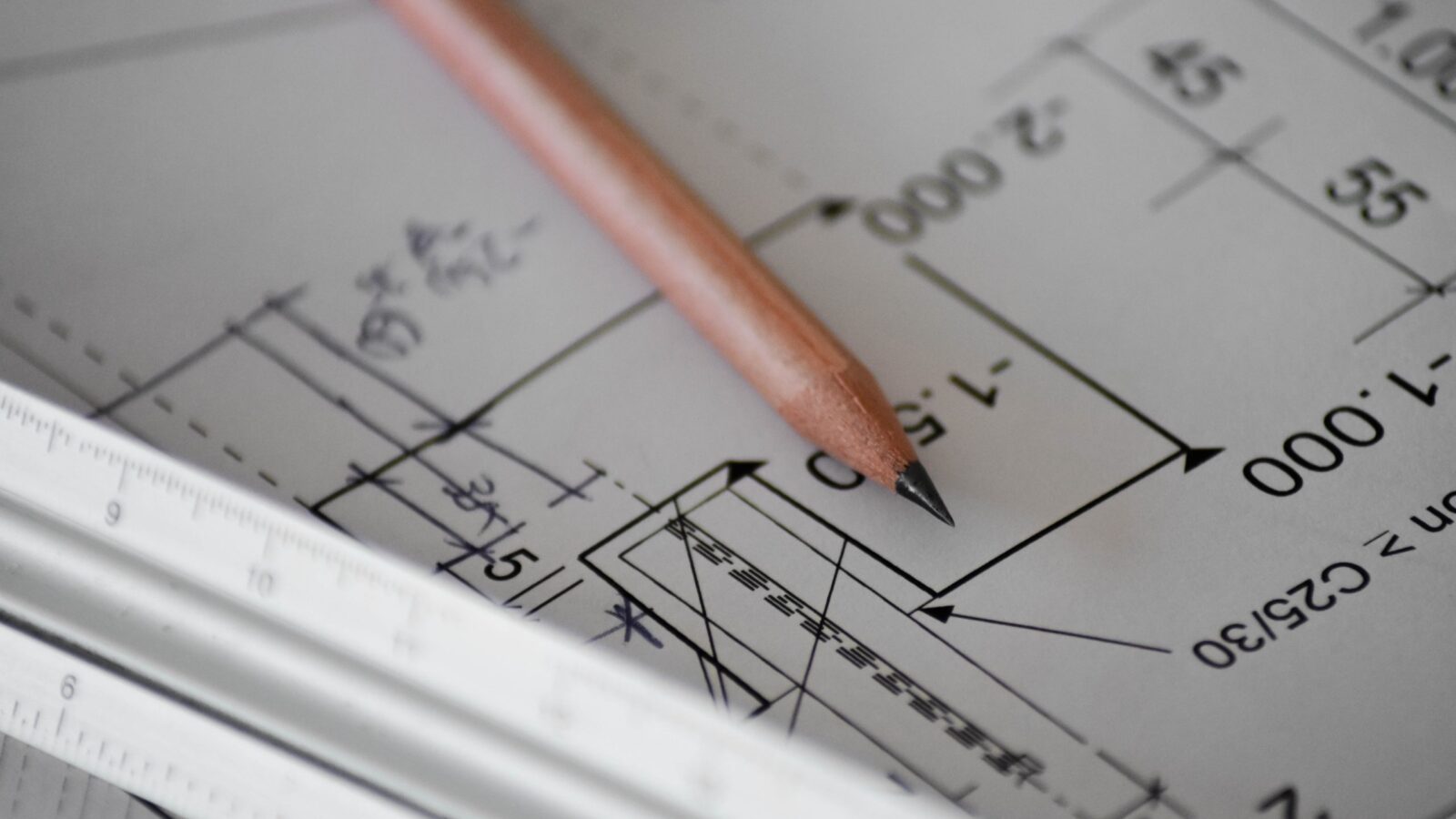

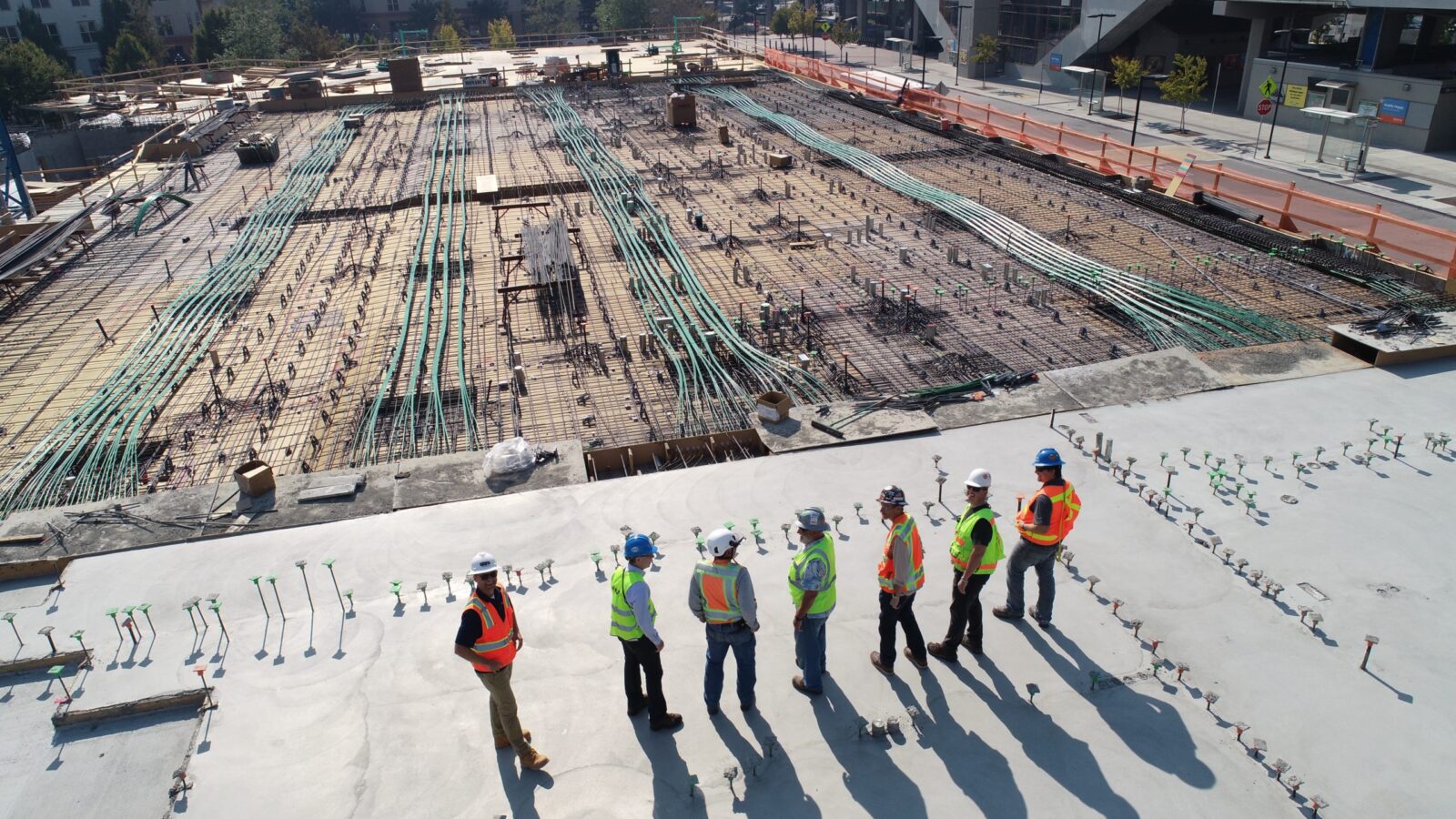
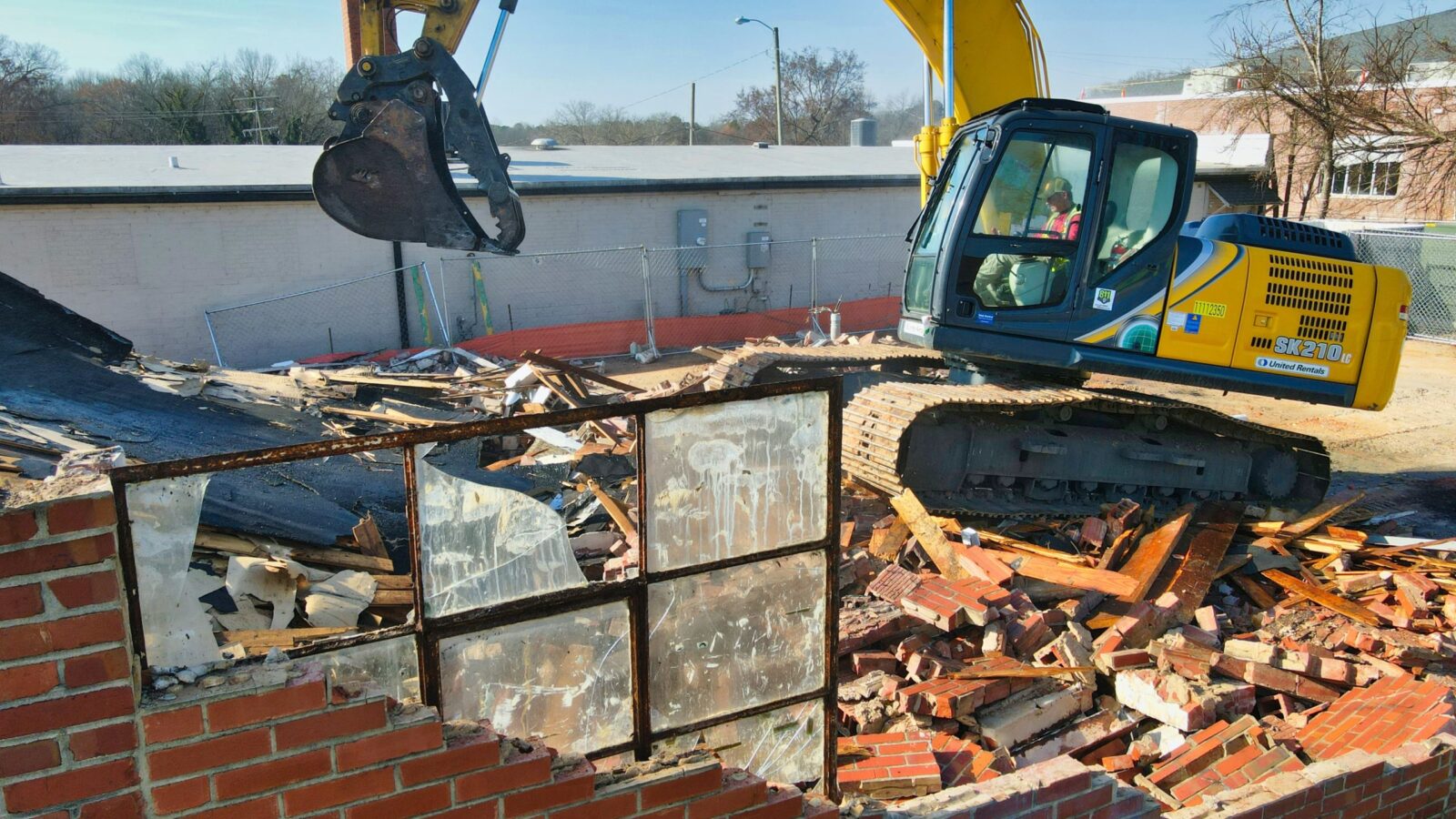
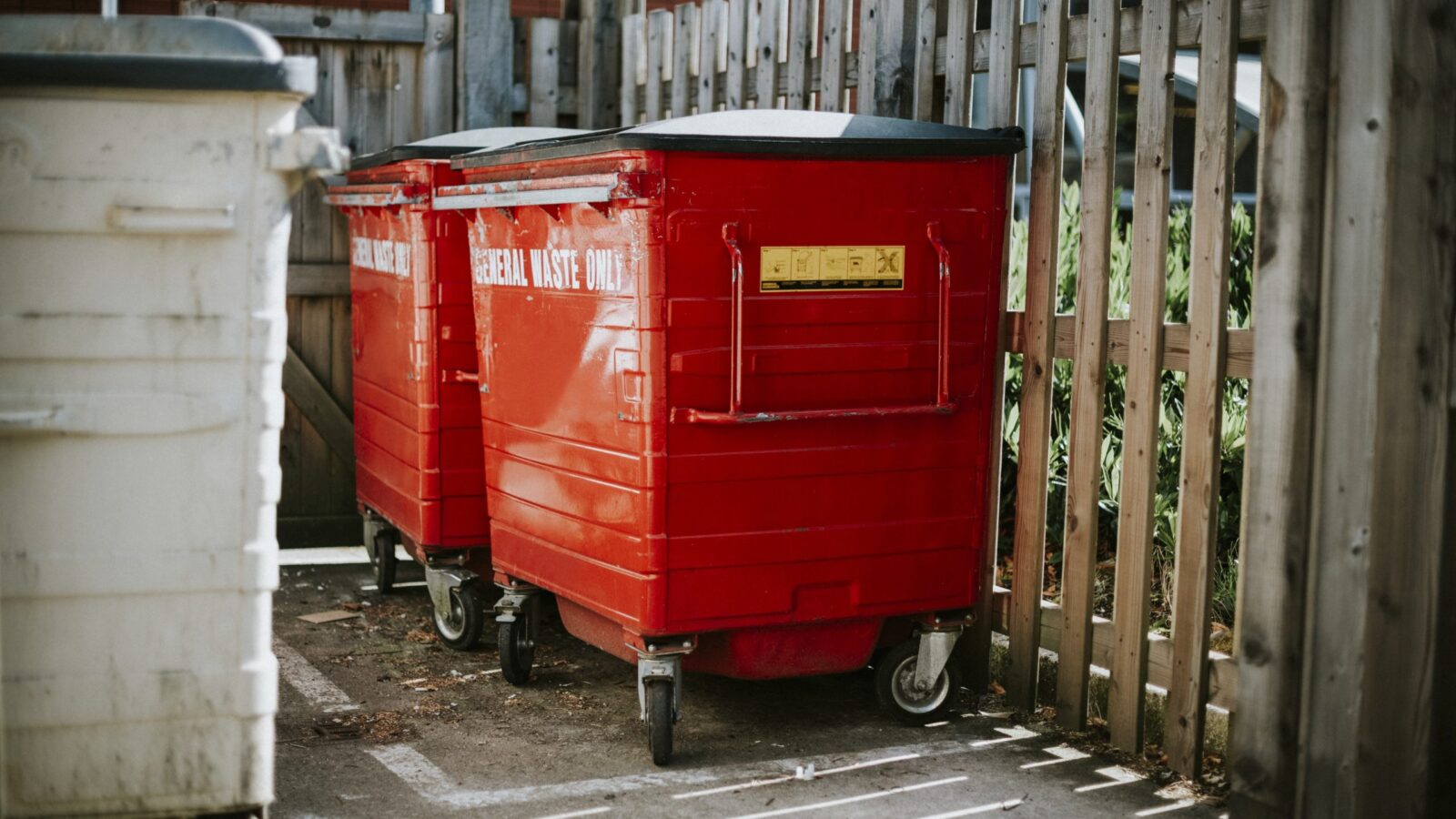


Waste and Resource Efficiency
Case Study: Reducing community plastic waste
Case Study
Sustainable Procurement
Serco Sustainable Procurement Charter
Document/Presentation
Waste and Resource Efficiency
Paint Can Recycling
Case Study
Waste and Resource Efficiency
Reuse of Waste Materials Case Study
Case Study
Waste and Resource Efficiency
Improving Waste Management through Partnership
Case Study
Waste and Resource Efficiency
Tackling 600 Tonnes of Fly-Tipping Waste
Case Study
Waste and Resource Efficiency
Reduce the Rubble Initiative
Case Study
Waste and Resource Efficiency
Case Study: HMP Foston Hall Streetlamp Project
Case Study
Meet the Team:
Mark and Lucy are here to help get Partners involved with the Waste and Resource Use Group.


Meeting Dates:
The date for the next Waste and Resource Use Group meeting has now been set. Please see below for further details and the notes from previous meetings.
| Date/ Time | Location |
| 2nd September 2025, 1pm – 3pm | Microsoft Teams |
Meeting Notes:
Download notes from any of the previous Waste and Resource Use Group meetings below.
2025
11th February | 13th May
2024
13th February | 16th May| 29th August | 27th November
2023
14th March | 14th June | 15th November
2022
1st March | 16th June | 22nd Sept | 13th Dec
2021
7th December | 16 September | 19 May | 23 February
2020
16 November | 12 August | 13 May | 18 February
2019
12 December | 25 September | 10 June | 6 March
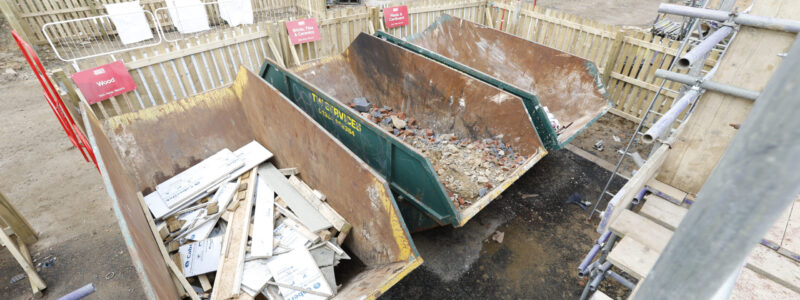
“The UK’s commitment to Net Zero by 2050 has brought into sharp relief the need for individual businesses to have clear plans as to how they will comply – with a focus on minimising waste, circular economy and efficiently managing waste as a resource. I hope you will find the resources we are making available and the initiatives promoted through the Waste and Resource Use Leadership Group useful”Matt Nichols, Divisional Director, Reconomy and Chair of the School Waste and Resource Use Group
Our Partners
The Waste and Resource Use Group is a collaboration between clients, contractors and suppliers who have a mutual interest in driving a reduction in waste and improving material and resource efficiency in the built environment value chain through the products, works and services procured.

 120 minutes
120 minutes









